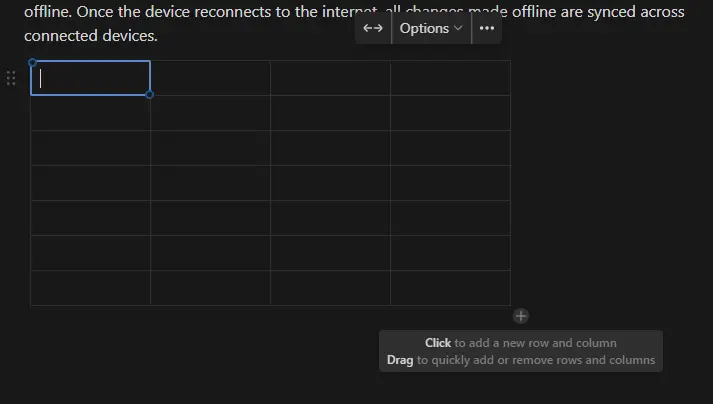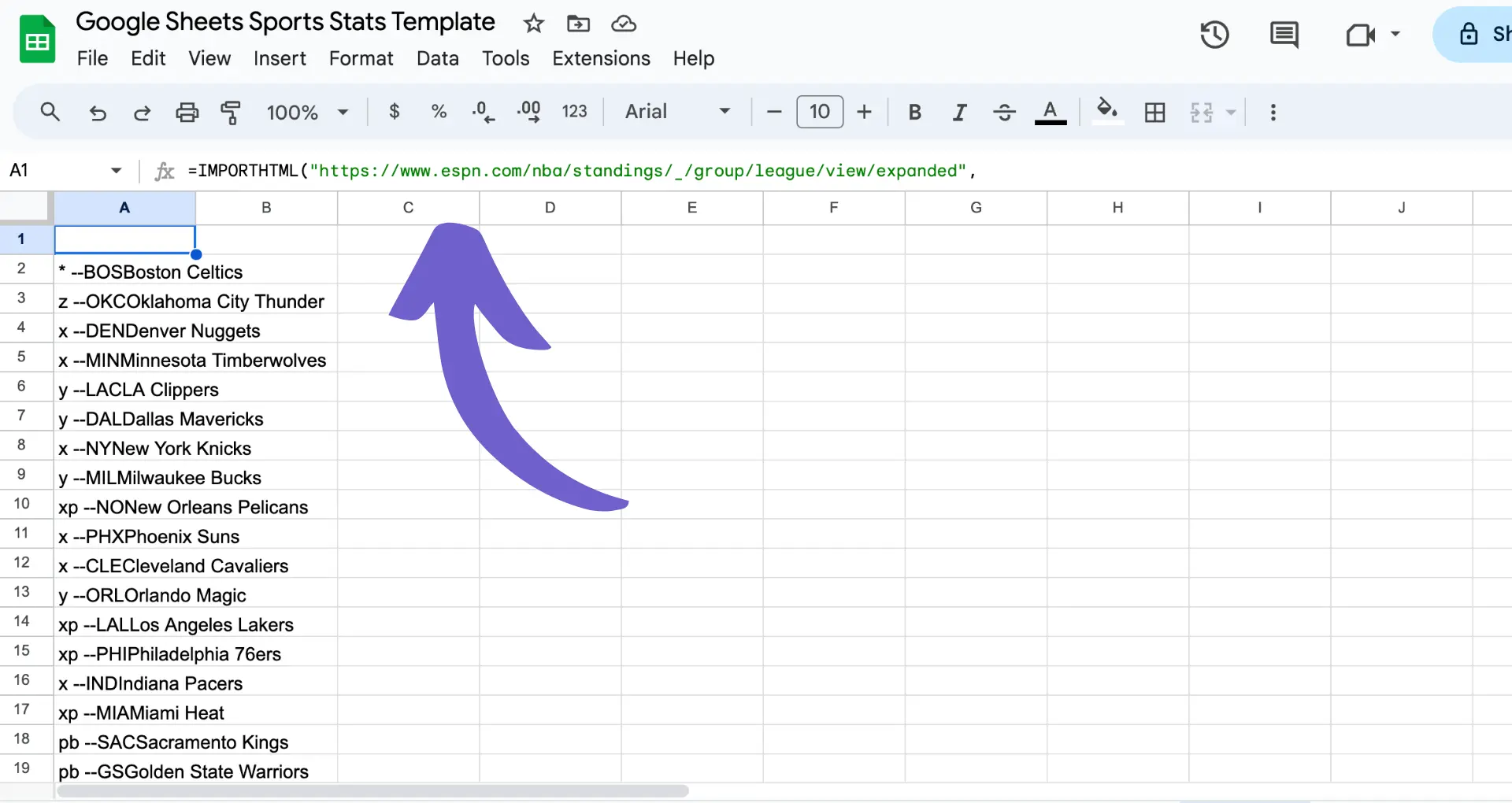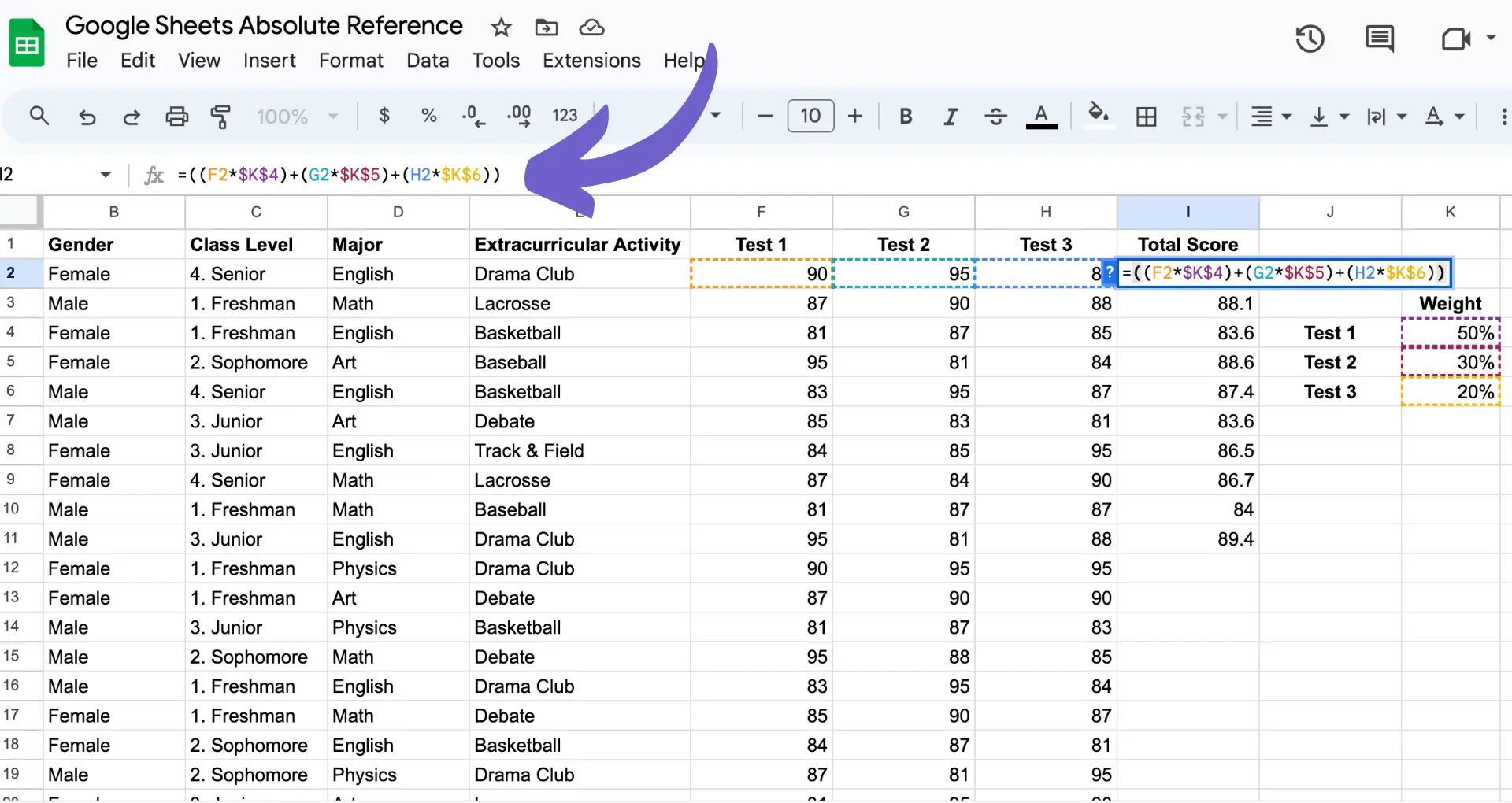Adding team members to HubSpot is a crucial step in streamlining your business operations and fostering collaboration. In this step-by-step guide, we'll walk you through the process of adding users, configuring permissions, and organizing teams within HubSpot. By the end, you'll have a solid understanding of how to effectively manage your HubSpot users and optimize your team's productivity.
Understanding HubSpot's User Management System
HubSpot's user management system is designed to give you granular control over your team's access and permissions. The system is built around two main components: user roles and team settings.
User roles define what actions each user can take within HubSpot, such as viewing, editing, or deleting data. You can customize these roles to fit your organization's needs, ensuring that each team member has the right level of access. Learn more about sales prospecting tools that integrate with HubSpot.
Team settings allow you to group users together based on their responsibilities or departments. This makes it easy to manage permissions for entire teams at once, rather than individually.
The user management interface in HubSpot is intuitive and easy to navigate. From a central dashboard, you can:
- Add or remove users
- Assign roles and permissions
- Create and manage teams
- View user activity logs
By leveraging HubSpot's user management capabilities, you can streamline your operations, improve security, and ensure that each team member has the tools they need to succeed. Additionally, you can use tools like sales prospecting automation to further enhance your team's efficiency.
Adding New Team Members in HubSpot
Adding new users to your HubSpot account is a straightforward process. Follow these steps to get started:
- In your HubSpot account, click the settings icon in the top navigation bar.
- In the left sidebar menu, navigate to Users & Teams.
- In the upper right, click Create user.
There are a few ways to add users:
- Email address: enter the email addresses into the Add email address(es) field. If adding multiple users at once, separate email addresses with a comma or space.
- CSV file: import users from a CSV file. In Excel, add an Email column with the email addresses of your users, and save the file in CSV format. Click A CSV file, then drag and drop your .csv file, or click choose file to browse files on your computer.
- Integrations: if you have NetSuite, Microsoft Dynamics 365, Pipedrive, Zoho, or Salesforce integrated with HubSpot, you can import users from these integrations.
When inputting user details, ensure that email addresses are accurate and active. Assigning the correct initial permissions is crucial for maintaining security and efficiency within your HubSpot account.
After adding users, you'll be prompted to set up their access levels and permissions. Take care to assign appropriate roles and access to ensure each team member has the tools they need to succeed without compromising data security. For personalized outreach, learn how to automate outreach effectively.
Save time and focus on important tasks by letting Bardeen automate sales prospecting. Experience greater productivity now.
Configuring User Permissions and Access Levels
HubSpot offers a robust user permissions system that allows you to customize access levels for each team member based on their role and responsibilities. Here's a detailed look at the different user permissions available and how to configure them:
CRM Object Permissions
You can set permissions for each CRM object (contacts, companies, deals, tickets) and activity (tasks, notes, emails). The available permission levels are:
- View: control which objects/activities the user can view (All, Team-owned, User-owned, None).
- Edit: control which objects/activities the user can edit, merge, and import (All, Team-owned, User-owned, None).
- Delete: control which objects/activities the user can delete (All, Team-owned, User-owned, None).
When selecting team-owned or user-owned permissions, you can also allow access to unassigned records.
Marketing Tool Permissions
Control user access to marketing tools like email, social media, ads, and more. For each tool, you can set View, Edit, and Publish permissions to limit what users can do.
Sales Tool Permissions
Customize access to sales-specific features like templates, sequences, meeting scheduling, and more. You can also assign paid Sales Hub seats to users who need advanced functionality.
Service Tool Permissions
Set permissions for service tools like feedback surveys, knowledge base, and customer portals. Control who can view, edit, and publish content in each area.
Account-Level Permissions
Manage high-level account settings like user management, billing, domains, and more. Be cautious when granting these powerful permissions.
Assigning the right permission levels is crucial for data security and team efficiency. Too many restrictions can hinder productivity, while overly broad access can lead to errors and abuse.
Take the time to audit your team's needs and set up a logical permission structure. Regularly review and update permissions as roles change to maintain an organized, secure account. Using tools like Bardeen can help automate sales prospecting and ensure your team stays productive.
Organizing Teams and Departments in HubSpot
HubSpot's team management features allow you to create a structure that mirrors your organization's departments and teams. Here's how to set up and manage teams in HubSpot:
Creating Teams
- Go to Settings > Users & Teams > Teams.
- Click "Create team".
- Enter a team name and optionally nest it under an existing team (Enterprise only).
- Add main and extra team members using the dropdown menus.
- Click "Save".
Main team members have full access to the team's records and content, while extra members have limited access. Extra members are not included in team reports, routing rules, or workflow rotations.
Editing and Deleting Teams
To edit a team, hover over its name and click "Edit". You can change the name, member assignments, and team hierarchy (Enterprise only). For more help with team management, you can automate lead management tasks to save time and keep organized.
To delete a team, hover over its name and click "Delete". Reassign any assets to another team first to avoid losing access. If you need to update many contacts, you might consider using lead enrichment tools.
Optimizing Team Collaboration
- Use team-based permissions to control access to specific tools, records, and actions.
- Set up team-specific views, pipelines, and dashboards to focus on relevant data.
- Leverage team mentions and notifications to streamline communication and task assignments. For better communication, check out AI email management tools.
- Encourage cross-functional collaboration by granting extra team member access as needed.
By organizing your HubSpot users into teams that reflect your company structure, you can improve data management, reporting, and overall efficiency. Regularly review and update your team setup as your organization evolves to maintain optimal performance. For more tips, see how to automate sales prospecting.
Save time and focus on important tasks by using Bardeen to automate sales prospecting. This tool helps you manage leads effortlessly, so you can concentrate on closing deals.
Best Practices for Onboarding and Training New HubSpot Users
Effective onboarding and training are crucial for ensuring new team members can quickly become productive and efficient in using HubSpot. Here are some strategies to help you onboard and train new users:
Create an Onboarding Checklist
- Develop a standardized onboarding process that covers all essential topics and tasks.
- Include steps for setting up user accounts, assigning permissions, and joining relevant teams.
- Provide a timeline for completing each onboarding task to keep new users on track.
Leverage HubSpot Academy
Encourage new users to take advantage of HubSpot Academy's free online courses and certifications. Some key resources include:
- HubSpot Marketing Software Certification
- HubSpot Sales Software Certification
- HubSpot Service Hub Software Certification
- Inbound Methodology Course
These courses provide a solid foundation in using HubSpot's tools and adopting an inbound mindset. For more advanced help, check out our guide on sales prospecting automation.
Provide In-House Training
Supplement HubSpot Academy with in-house training sessions tailored to your organization's specific processes and use cases. Consider assigning mentors or buddies to new users for personalized guidance and support. Learn more about setting up effective sales demos to aid in training.
Encourage Ongoing Learning
HubSpot regularly releases new features and updates, so it's essential to keep your team informed and trained on the latest developments. Encourage users to:
- Attend HubSpot webinars and events
- Join HubSpot User Groups to connect with other users and learn best practices
- Follow HubSpot's Product Updates Blog to stay informed about new releases
By prioritizing onboarding and ongoing training, you can ensure your team is always equipped to make the most of HubSpot's powerful features and drive better business results.






